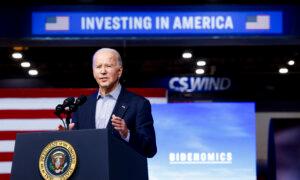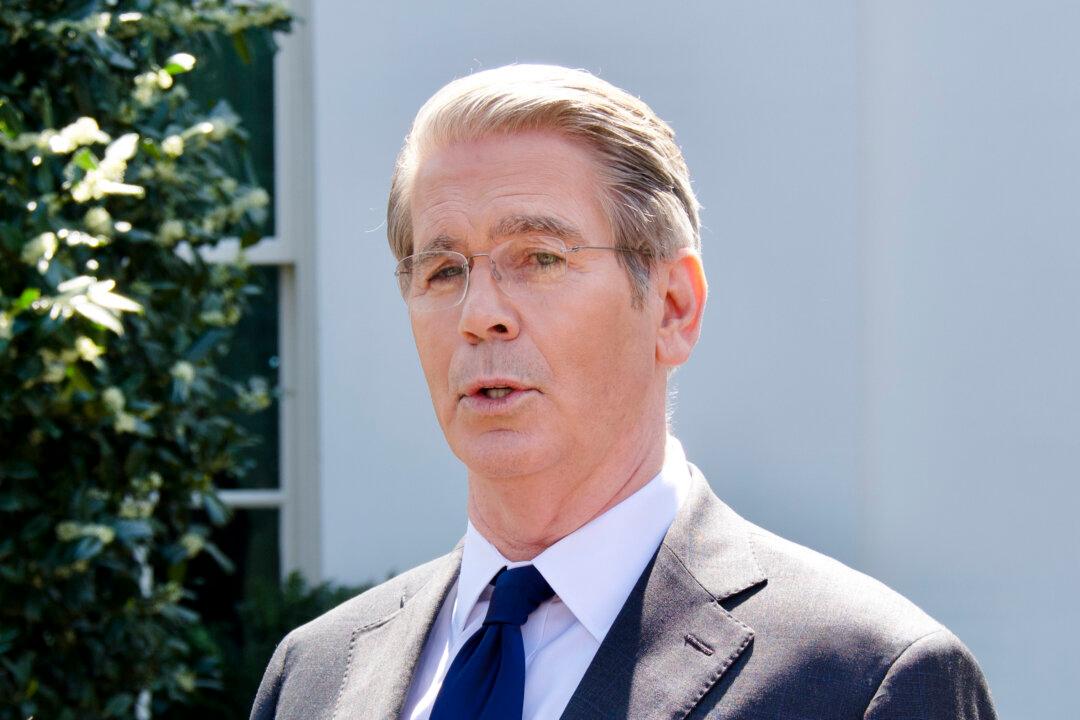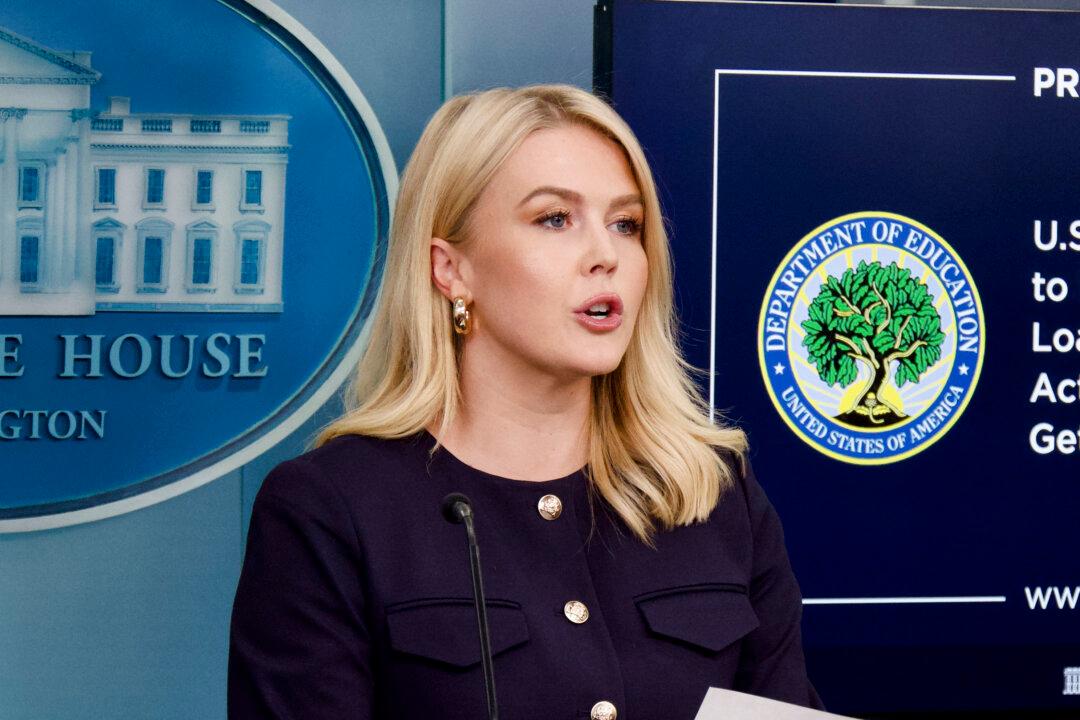The Federal Reserve will keep interest rates higher for longer until there is clear evidence that inflation is coming down to its 2 percent target, as central bank officials expressed the need for “patience” before cutting rates.
Monetary policymakers were spooked in the first quarter after three consecutive hotter-than-expected inflation readings, revealing a reacceleration in the various gauges.
Financial markets and the Fed breathed a sigh of relief when the April consumer price index (CPI) showed signs of easing inflation pressures.
Now that conditions might stabilize again, Fed officials are conveying to the public that they want several months of good inflation data before they are confident enough to start cutting interest rates.
Throughout May 21, several notable monetary policymakers expressed the need for patience and to wait for more economic data before pivoting away from the institution’s restrictive stance.
Cleveland Fed head Loretta Mester echoed these remarks, purporting that she will wait for additional inflation data that suggests it is coming down before she can agree on easing monetary policy.
According to Atlanta Fed chief Raphael Bostic, inflation will likely continue to decline “but relatively slowly.” He added that he does not believe a rate cut will happen until the fourth quarter.
Rate Hike ‘Probably Unnecessary’
Should above-trend inflation persist, will a rate hike be on the table?
“Central bankers should never say never, but the data suggests that inflation isn’t accelerating, and I believe that further increases in the policy rate are probably unnecessary,” Mr. Waller said.
The subject of a rate hike has been a notable debate within the Federal Reserve.
“The bar to raising is quite high, but it is not infinite,” Mr. Kashkari stated at the Milken Institute 2024 Global Conference earlier this month.
“After seeing considerable progress on slowing inflation last year, we have not yet seen further progress this year,” Ms. Bowman said. “While the current stance of monetary policy appears to be at a restrictive level, I remain willing to raise the target range for the federal funds rate at a future meeting should the incoming data indicate that progress on inflation has stalled or reversed.”
Speaking to reporters at the post-Federal Open Market Committee (FOMC) meeting press conference, Fed Chair Jerome Powell relieved investors when he admitted that the next policy decision is unlikely to be a rate hike.
Mr. Powell repeated this stance at a conference in Amsterdam on May 14, stressing that it is more likely to keep the benchmark rate at the current 23-year high of 5.25 percent and 5.5 percent.
“I don’t think that it’s likely, based on the data that we have, that the next move that we make would be a rate hike,” Mr. Powell noted. “I think it’s more likely that we’ll be at a place where we hold the policy rate where it is.”
Inflation News
Last month, the annual inflation rate dipped to 3.4 percent, down from 3.5 percent and in line with economists’ expectations. Core inflation, which strips the volatile energy and food categories, eased to 3.6 percent, down from 3.8 percent.Market observers will comb through participant remarks at the May FOMC meeting when the Fed publishes minutes on May 22.
“As usual, traders will be quite cognizant of any key language or dissension of Fed presidents when the minutes are released,” said Jay Woods, the chief global strategist at Freedom Capital Markets, in an analyst note. “It could be telling when it comes to thoughts of a continued longer pause or the timing of that elusive rate cut.”
However, while economists and monetary officials pay close attention to the decimal points, new research shows how much elevated inflation has impacted their finances.
“Despite the moderating pace of inflation, many adults continued to indicate that higher prices were a challenge in managing their finances,” the study noted.
Since January 2021, cumulative inflation has risen 19.5 percent.







